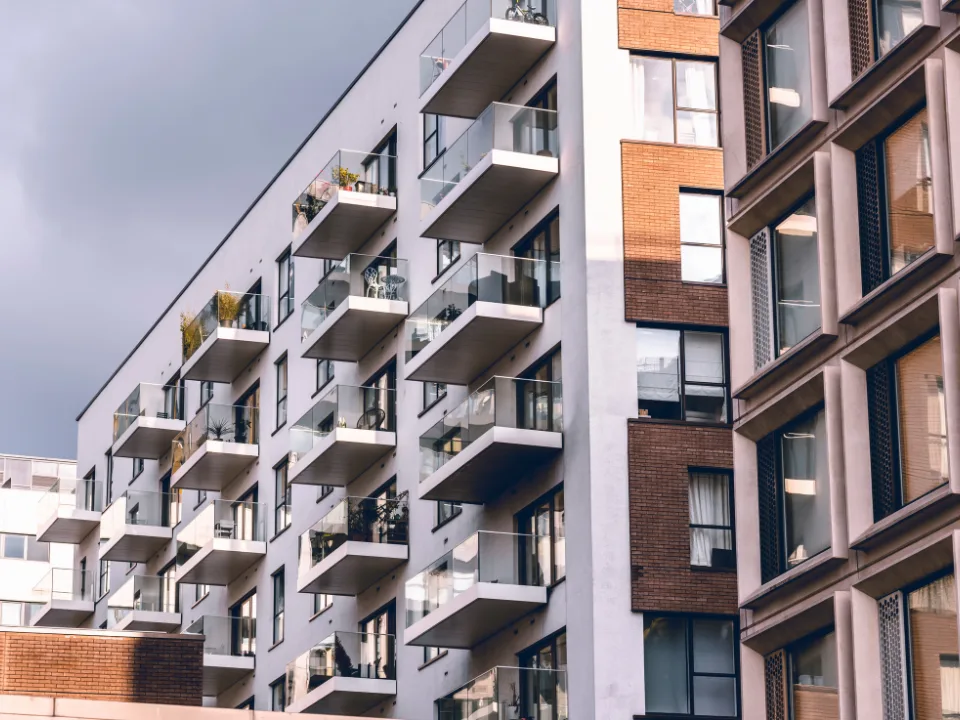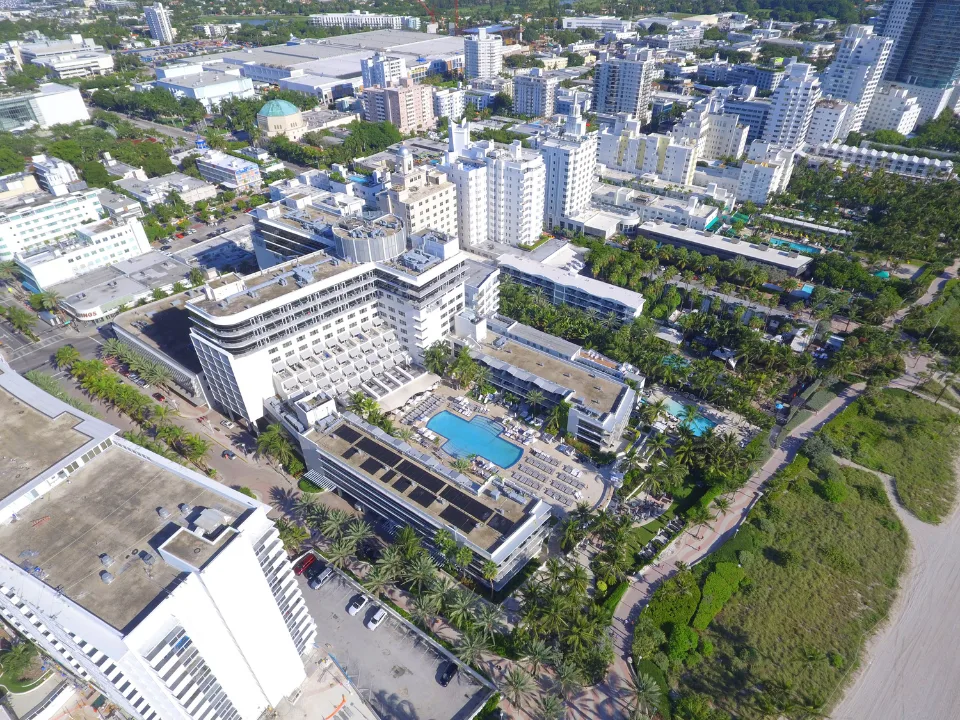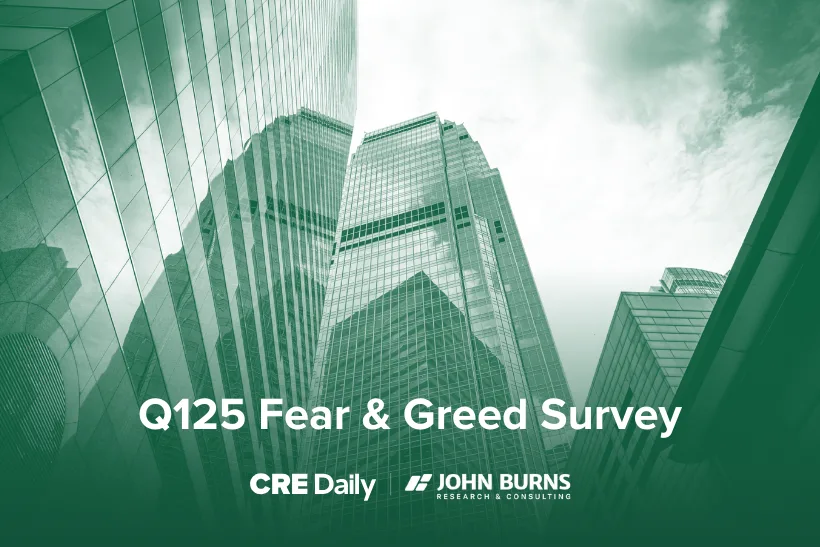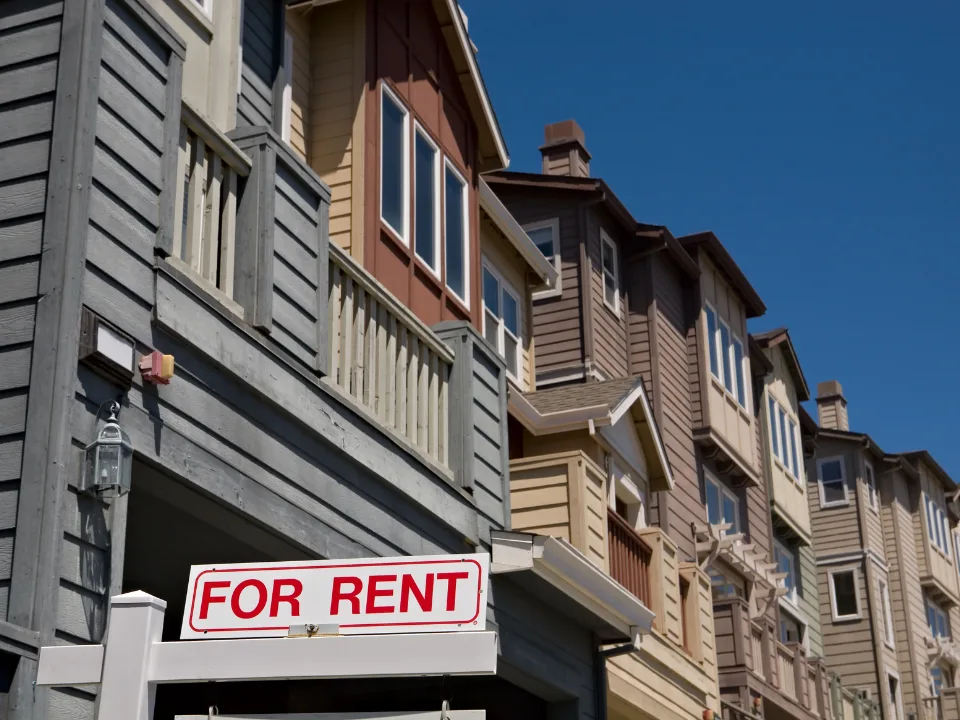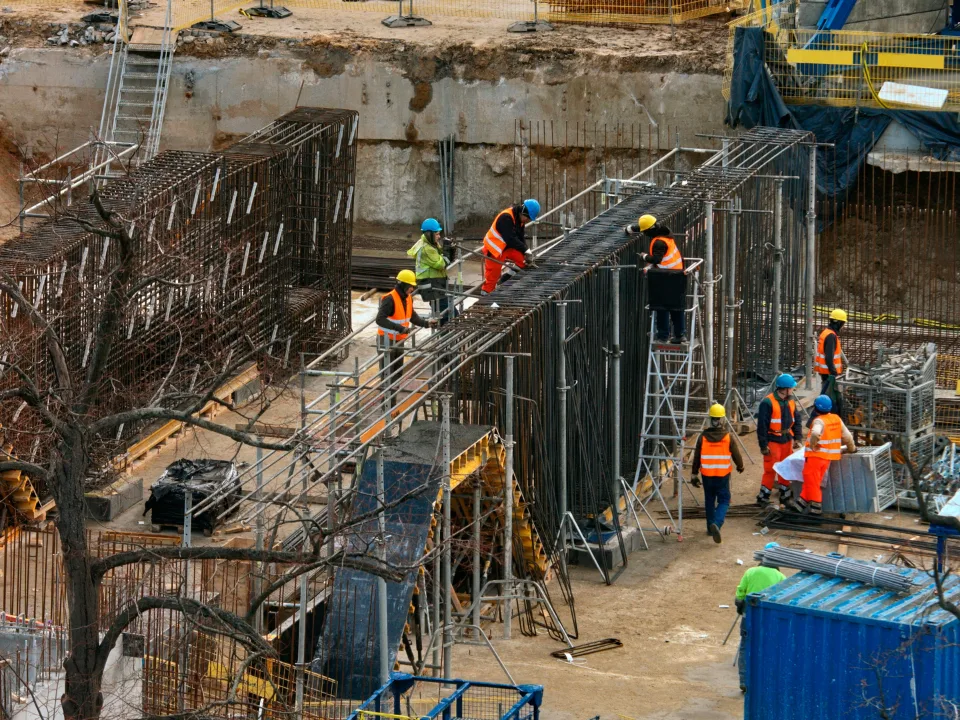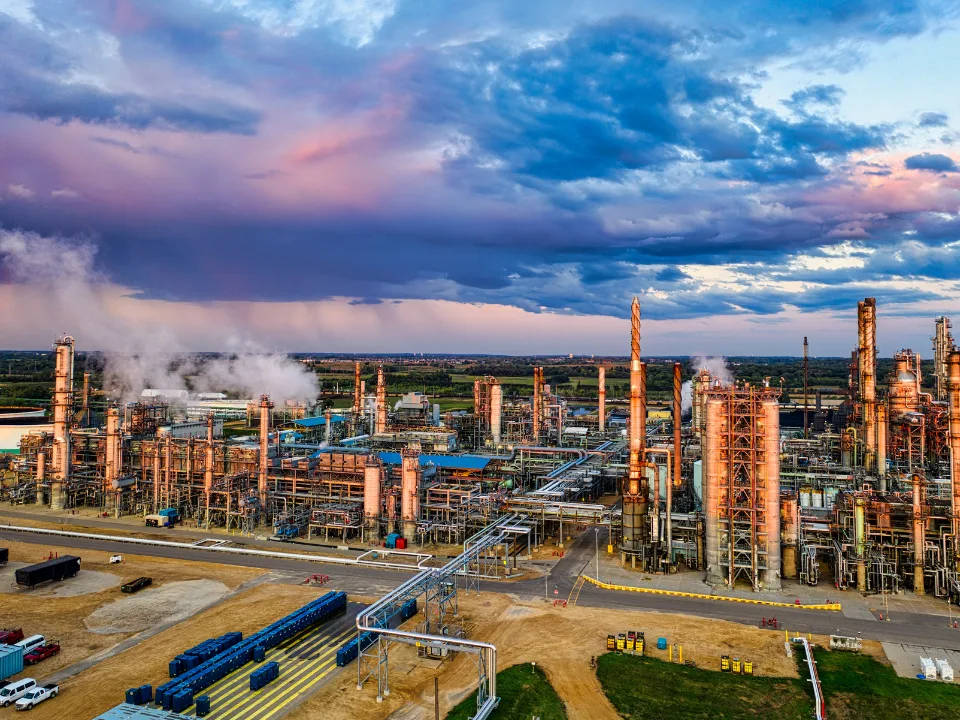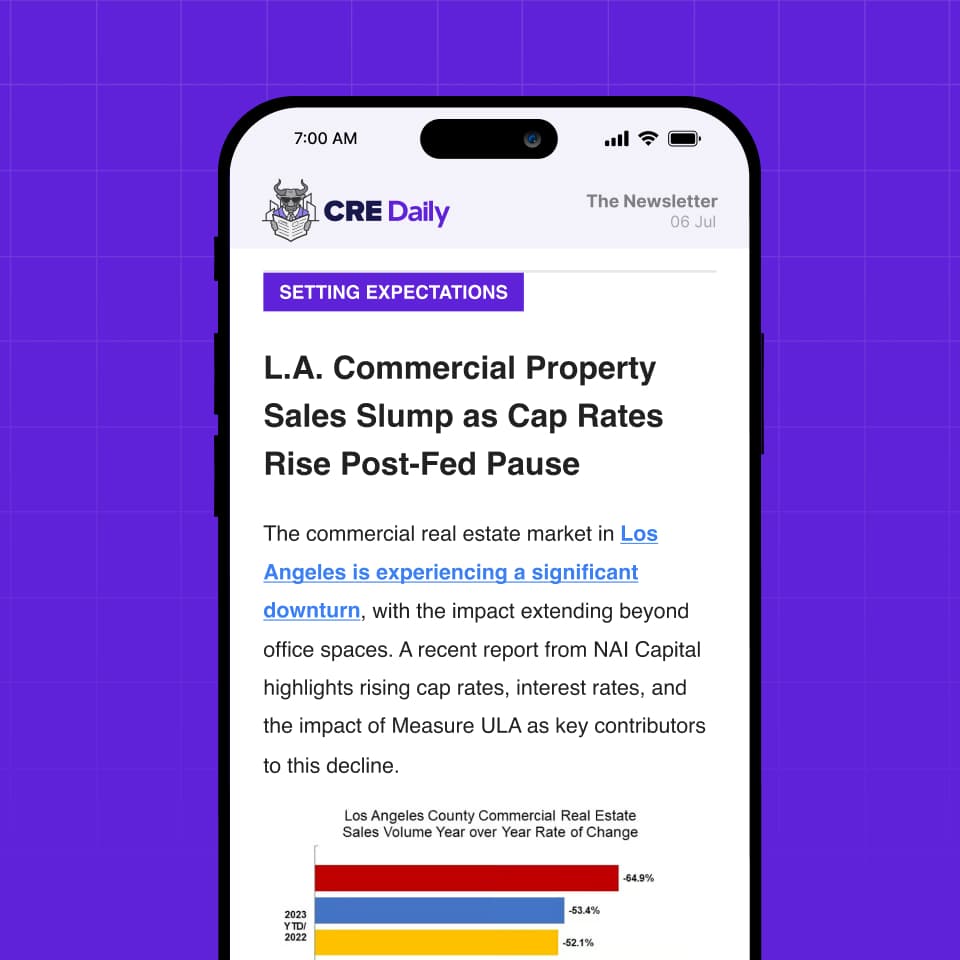- New York’s industrial availability rate hit 10.2% in Q1 2025, the highest level in a decade.
- The rise is fueled by record-breaking construction deliveries and a slowdown in leasing activity.
- Ongoing uncertainty surrounding federal trade policy, especially tariffs on Chinese imports, is prompting tenants to delay expansion.
- Landlords are focusing on upgrading industrial facilities to remain competitive as vacancy rises.
A Growing Gap Between Supply and Demand
Industrial vacancy in New York City and its surrounding regions is feeling the pressure from both sides of the supply-demand equation.
Industrial availability rose to 10.2% by the end of Q1 2025—marking the 11th straight quarterly increase and the highest availability rate in the past 10 years, as reported by Commercial Observer.
This spike coincides with a flood of new construction. Since mid-2022, available industrial space in the area has surged 94%, totaling 92.2M SF. A record-setting 14.9M SF of new industrial space came online in 2024 alone, with another 4.7M SF delivered in Q1 of this year.
Slowing Leasing and Unpredictable Tariffs
While supply is booming, demand is cooling. Only 4.9M SF of industrial space were leased in Q1 2025—well below the 2024 quarterly average of 7M SF—contributing to a continued rise in industrial vacancy across the region.
Behind this leasing slowdown is mounting uncertainty over federal trade policy. The Trump administration’s shifting tariffs, especially a recent hike on Chinese imports to 125%, are forcing many industrial tenants to adopt a wait-and-see approach before committing to long-term leases or expansion plans.
“Whether you’re a retailer or in logistics, occupiers are essentially staying on the sidelines,” said Victor Rodriguez, senior director of analytics at CoStar.
Get Smarter about what matters in CRE
Stay ahead of trends in commercial real estate with CRE Daily – the free newsletter delivering everything you need to start your day in just 5-minutes
A Flight to Quality
For landlords, the current pause in leasing may present an opportunity. As many tenants reassess their space needs, modern, high-quality facilities are likely to outperform older, less efficient buildings. Owners of vintage properties are already looking at ways to upgrade their assets to stay competitive.
“More so than ever, it’s the higher-quality buildings that will do best,” Rodriguez said.
National Trends Mirror Local Challenges
New York isn’t alone in facing industrial headwinds. National industrial vacancy reached 7.8% in Q1 2025—the highest in over a decade, according to Savills. That suggests broader softness in the industrial sector, even after years of pandemic-fueled growth.
What’s Next
With leasing down and availability climbing, the industrial market’s near-term outlook hinges on federal trade policy clarity and absorption of newly built space. Until then, expect cautious tenant behavior and a continued focus on premium properties as landlords navigate a more competitive landscape.
